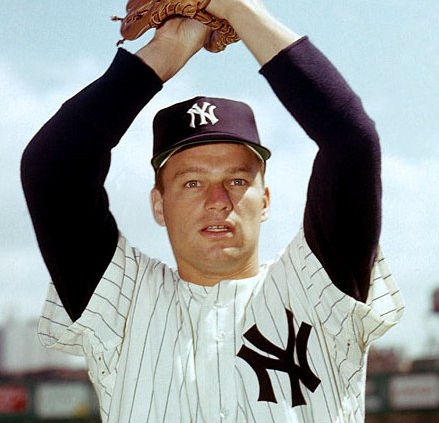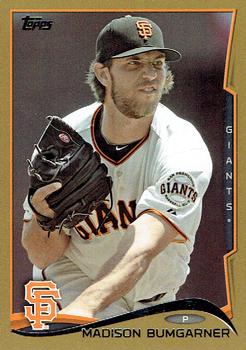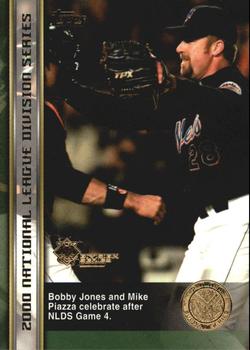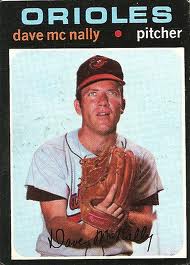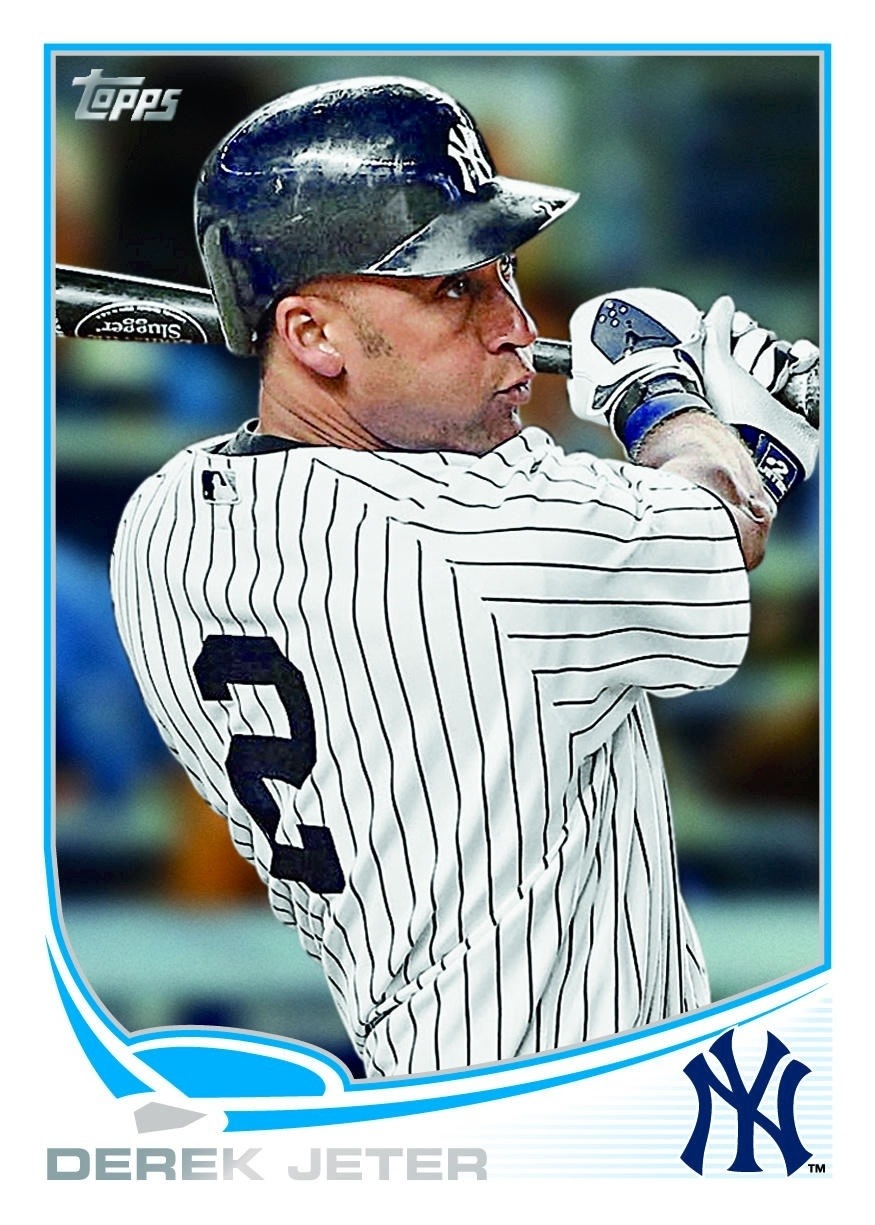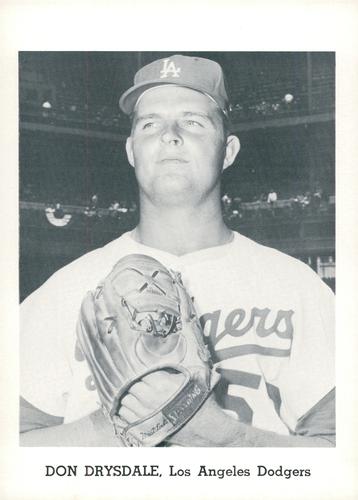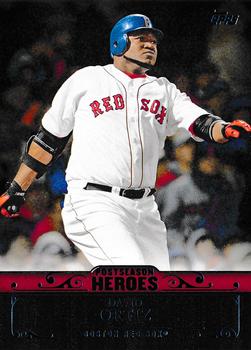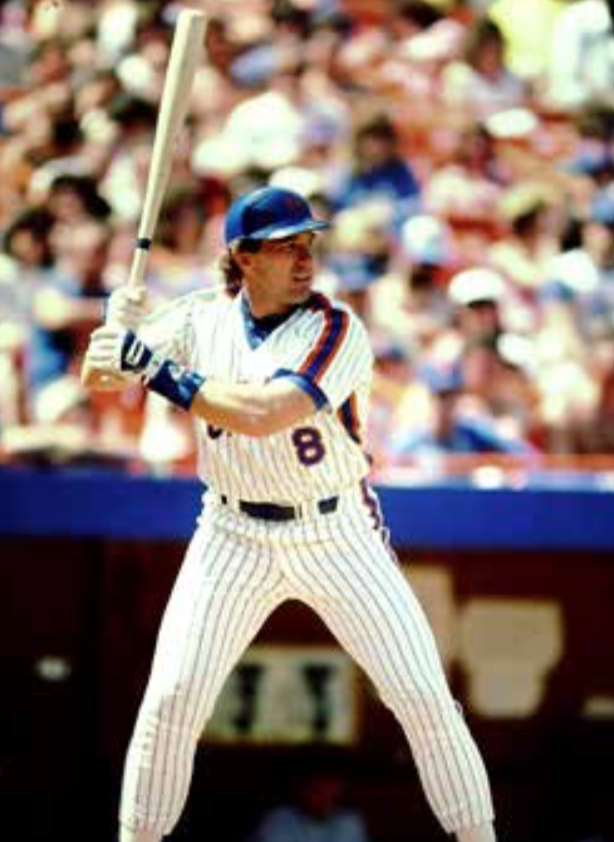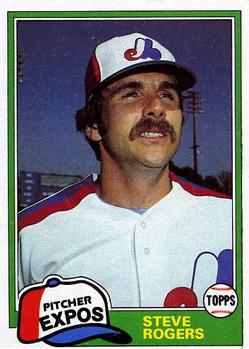October 14, 1964: Jim Bouton earns second win to extend World Series to seventh game

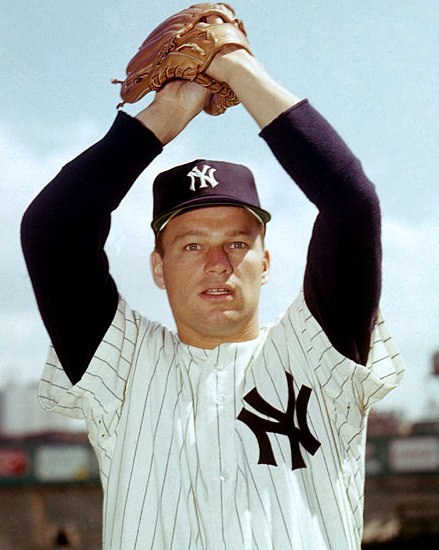 After the Cardinals took two out of three games from the Yankees in New York, the World Series returned to St. Louis with the home team on the verge of capturing its seventh championship. Each of the games in New York had been tightly contested, and each game’s outcome had been determined by a home run. Mickey Mantle had clouted the game-winner off Barney Schultz in the bottom of the ninth inning of Game Three; Ken Boyer’s sixth-inning grand slam had provided the winning margin for St. Louis in Game Four; and Tim McCarver’s three-run blast in the 10th inning of Game Five had given the Cardinals their 3-2 advantage in games. Whitey Ford, the Yankees’ postseason ace, was still suffering from a heel injury incurred in Game One, so manager Yogi Berra sent Game Three winner Jim Bouton to the mound on October 14 in the hopes of extending the series to seven games.
After the Cardinals took two out of three games from the Yankees in New York, the World Series returned to St. Louis with the home team on the verge of capturing its seventh championship. Each of the games in New York had been tightly contested, and each game’s outcome had been determined by a home run. Mickey Mantle had clouted the game-winner off Barney Schultz in the bottom of the ninth inning of Game Three; Ken Boyer’s sixth-inning grand slam had provided the winning margin for St. Louis in Game Four; and Tim McCarver’s three-run blast in the 10th inning of Game Five had given the Cardinals their 3-2 advantage in games. Whitey Ford, the Yankees’ postseason ace, was still suffering from a heel injury incurred in Game One, so manager Yogi Berra sent Game Three winner Jim Bouton to the mound on October 14 in the hopes of extending the series to seven games.
The partisan St. Louis crowd of 30,805 was every bit as confident as Cardinals manager Johnny Keane, who had asserted, “We’re the favorites at last.”1 Indeed, Keane’s squad looked ready to claim the crown in the early going of Game Six. The Cardinals started left-hander Curt Simmons, who had pitched eight strong innings of one-run ball in Game Three, though he had received a no-decision for his effort in what turned out to be a losing cause. In the top of the first, Simmons allowed a one-out single to Bobby Richardson, who then stole second base, but the veteran lefty quickly put down any thoughts of a Yankees rally with strikeouts of Roger Maris and Mantle.
In the bottom of the frame, Curt Flood registered a leadoff single, advanced to third on Lou Brock’s base hit, and scored on Bill White’s double-play grounder to give the Cardinals a quick 1-0 lead against Bouton. After this early tally, Simmons and Bouton made quick work of both sides’ batters from the second inning through the fourth.
True action resumed when Tom Tresh led off the top of the fifth for the Yankees with a ground-rule double to left field. Joe Pepitone struck out, but Tresh advanced to third on Clete Boyer’s groundout to second base. With two outs, Bouton aided his own cause with a single to left-center field that drove in Tresh to tie the game, 1-1. Bouton then kept the Cardinals off the scoreboard in the bottom of the frame, which set the stage for two iconic Yankees heroes of the early 1960s to turn the tide of the game.
Richardson led off the sixth inning with a pop fly to shortstop, but Maris and Mantle clobbered back-to-back home runs on consecutive pitches — both to deep right field — to give the Yankees a 3-1 lead that they would not relinquish. The dual blows were more hard luck for Simmons in this Series. He had matched Bouton by allowing only one run through eight innings in Game Three, only to see Schultz give up a game-winning homer to Mantle in the ninth. He had again pitched well for five innings on this day until he surrendered the two round-trippers in the sixth. Simmons said afterward, “Outside of those two bombs, my stuff was all right. You know, when you throw a hanging pitch to a good hitter, he jumps on it. That’s what Maris did. And Mantle just simply creamed that fastball outside.”2
Bouton, having been given the lead, set the Cardinals down in order in the sixth and seventh innings. At one point in the bottom of seventh, however, Berra came to the mound to confer with his starter. Bouton had developed stiffness in his arm in the sixth inning, and Berra thought he was beginning to labor a bit. Bouton assured his manager that he was fine and asserted, “I’ve got all winter to rest,”3 so he remained in the game.
His mound opponent, Simmons, had been removed in favor of Ron Taylor with one out in the top of the seventh. Now Schultz took the hill for the Cardinals in the eighth; his relief effort had been the story of Game One, but he had not fared successfully in Game Two and had lost Game Three. Though Schultz would not suffer the ignominy of adding another loss to his World Series record, he and fellow reliever Gordie Richardson allowed the Yankees to put Game Six further out of the Cardinals’ reach.
Phil Linz led off the top of the eighth inning with a single, advanced to second on Bobby Richardson’s sacrifice bunt, and moved on to third base on Maris’s grounder to second. Even though there were now two outs, Keane decided to have Schultz issue an intentional walk to Mantle, whose sixth-inning homer had landed on the grandstand roof of Sportsman’s Park.4 The strategy didn’t work. Elston Howard drove in Linz with a base hit, and then Schultz unintentionally walked Tresh to load the bases. At that point, Keane had seen enough, and he pulled Schultz in favor of Gordie Richardson.
Unfortunately for Keane and all of St. Louis, R-i-c-h-a-r-d-s-o-n did not spell relief for the Cardinals. Pepitone worked a 2-and-2 count against Richardson before clearing the bases with a grand slam over the right-center-field wall that gave the New Yorkers a commanding 8-1 lead. Pepitone’s blast was the second grand slam of this Series — Boyer’s four-bagger in Game Four had been the other — which tied the World Series record; the record had initially been set in 1956 when Berra and Bill Skowron had both hit grand slams for the Yankees against the Brooklyn Dodgers.5
Though the Yankees’ lead appeared to be insurmountable, the Cardinals refused to give up. Flood drew a walk to lead off the bottom of the eighth, and Brock followed with a double. White’s grounder to first allowed Flood to score to make it an 8-2 ballgame, but that was the only run the Cardinals could manage against Bouton after the promising start to the frame.
Reliever Bob Humphreys set the Yankees down in order in the top of the ninth, and the Cardinals continued to show their fighting spirit in the bottom half. Bouton quickly retired McCarver on a pop fly to second baseman Richardson, but he then allowed consecutive singles to Mike Shannon and Jerry Buchek that ended his day. Berra knew that Bouton was tiring and had Steve Hamilton ready in the bullpen. Berra had drawn a laugh earlier when he had “raised his hands high over his head, indicating he wanted ‘the tall one’” to warm up;6 the 6-foot-7 Hamilton was a former professional basketball player with the NBA’s Minneapolis Lakers. Upon entering the game, Hamilton allowed pinch-hitter Bob Skinner’s single that drove in Shannon to make the score 8-3, but he then induced Flood to hit into a double-play grounder to end the game.
Though Bouton had tired at the end, he had earned his second victory in the 1964 World Series and had given the Yankees the opportunity to steal back the championship from the Cardinals. As reporters crowded around Mantle, Maris, and Pepitone, Bouton joked, “How about that? You take one swing with the bat, hit the ball out of the park, and everybody congratulates you. But nobody pays any attention to the pitcher. All I did was work like a Trojan, getting in and out of jams all day.”7
Bouton had not actually been in that many jams over the course of Game Six, but he claimed that he had not felt comfortable until the fourth inning. When a reporter mentioned that Bouton’s cap had begun falling off his head as he delivered pitches in the fourth inning, Bouton responded, “Yeah, that proves it.”8 Bouton’s issue with his headgear may not have been quite the indicator of success that he thought it was, though. He lost his cap only 12 times over the course of Game Six compared with 38 times in Game Three.9
What Bouton and his home-run-hitting teammates had done was to send the World Series to a deciding seventh game for the 19th time. Every player on both sides would have his cap and his game face on when the Cardinals started Bob Gibson against the Yankees’ Mel Stottlemyre to determine the 1964 World Series champion on October 15.
This article appears in “Sportsman’s Park in St. Louis: Home of the Browns and Cardinals at Grand and Dodier” (SABR, 2017), edited by Gregory H. Wolf. Click here to read more articles from this book online.
Sources
In addition to the sources listed below, the author also consulted Baseball-Reference.com.
Notes
1 Joseph Durso, “Keane Confident of Title Victory,” New York Times, October 14, 1964.
2 “Two Bad Pitches Cost Simmons Chance to Fill Hero’s Role in Sixth Game,” New York Times, October 15, 1964.
3 “Kink Can’t Stop Bouton,” The Sporting News, October 24, 1964: 32.
4 Joseph Durso, “The Home Run Is the Decisive Weapon as Yankees Beat the Cardinals,” New York Times, October 15, 1964.
5 “Pepitone Makes ’64 Series Second with Pair of Slams,” The Sporting News, October 24, 1964: 32.
6 “Kink Can’t Stop Bouton.”
7 “Bouton Says Arm Tightened in Sixth, But It Wasn’t Cause for His Removal,” New York Times, October 15, 1964.
8 Ibid.
9 “Kink Can’t Stop Bouton.”
Additional Stats
New York Yankees 8
St. Louis Cardinals 3
Game 6, WS
Busch Stadium
St. Louis, MO
Box Score + PBP:
Corrections? Additions?
If you can help us improve this game story, contact us.


